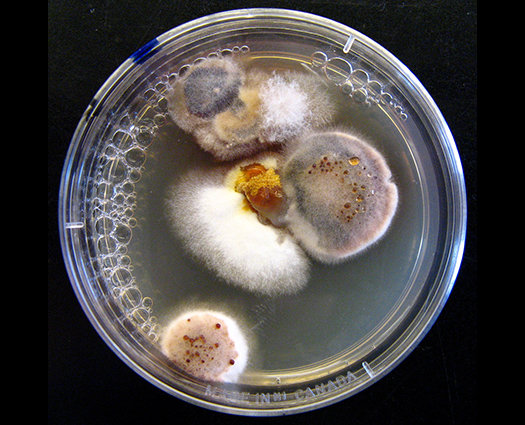

This week, doctors at the University of California Los Angeles Medical Center discovered that a contaminated medical tool had been spreading antibiotic-resistant bacteria to patients. The bacteria, known as carbapenem-resistant Enterobacteriaceae or CRE, has been called a “nightmare” bacteria by the Centers for Disease Control and can kill as many as half the people it infects. So far, two people have died from the infection, and UCLA has reached out to another 179 people that might be infected. When already in the throes of an outbreak, what should a hospital do to stop it?
“These outbreaks at UCLA and other hospitals could collectively be the most significant instance of disease transmission ever linked to a contaminated reusable medical instrument,” Lawrence Muscarella, a hospital safety consultant, told the L.A. Times.
This isn’t the first hospital outbreak of antibiotic-resistant bacteria, or “superbug,” and it certainly won’t be the last. For decades, doctors overprescribed antibiotics and patients wouldn’t take the full dose, which allowed bacteria to develop a resistance to the drugs. Antibiotic resistance is already a huge threat to public health and, unless researchers can create new antibiotics more quickly, the problem is likely to get much worse.
So far, the UCLA Medical Center is doing everything right to stop the CRE outbreak. They have implemented stricter policies for decontaminating invasive medical devices (like the endoscopes), sent test kits to the 179 that were at risk for contamination, and notified public health officials so that more people can be on the lookout for potential cases. Hopefully they can stop the deadly outbreak before it infects more patients.
With so many sick people around, hospitals have been the nexus of some of the worst superbug outbreaks. Hospitals spend a huge amount of time and money preventing outbreaks like these through careful handling of contaminated materials. But sometimes, as in this UCLA case, just the wrong bacteria slips through. Here are three ways that hospitals can quell a superbug outbreak.
- Better screening tests for new patients. In the early 2000s, superbug Klebsiella pneumoniae carbapenemase infected patients in hundreds of hospitals in the U.S. and abroad. Researchers traced the outbreak back to a single hospital New York City. Many healthcare professionals advocate for screening patients for antibiotic-resistant bacteria upon admission to the hospital so that doctors and nurses can make sure the bacteria doesn’t spread, but others claim the high cost of such widespread screening isn’t worth it.
- Wash those hands. “[Antibiotic-resistant bacteria] are transmitted mainly on the hands of caregivers who do not practice effective hand hygiene after every contact with patients and their environment,” reads one 2012 study. Hand washing is so simple, but works so well. If doctors and nurses washing up before and after handling each patient or any other contaminated materials, they can stop the bacteria from spreading to others, even in the midst of an outbreak.
- Clean invasive devices. CRE is found in feces, which means it can be transmitted through medical devices that are used on many different patients and not sufficiently disinfected. Though medical devices in the future may be designed to limit the transmission of bacteria like CRE, for now hospital personnel just have to be extra careful with devices like endoscopes that enter the digestive tract, like the one that caused the UCLA outbreak.







